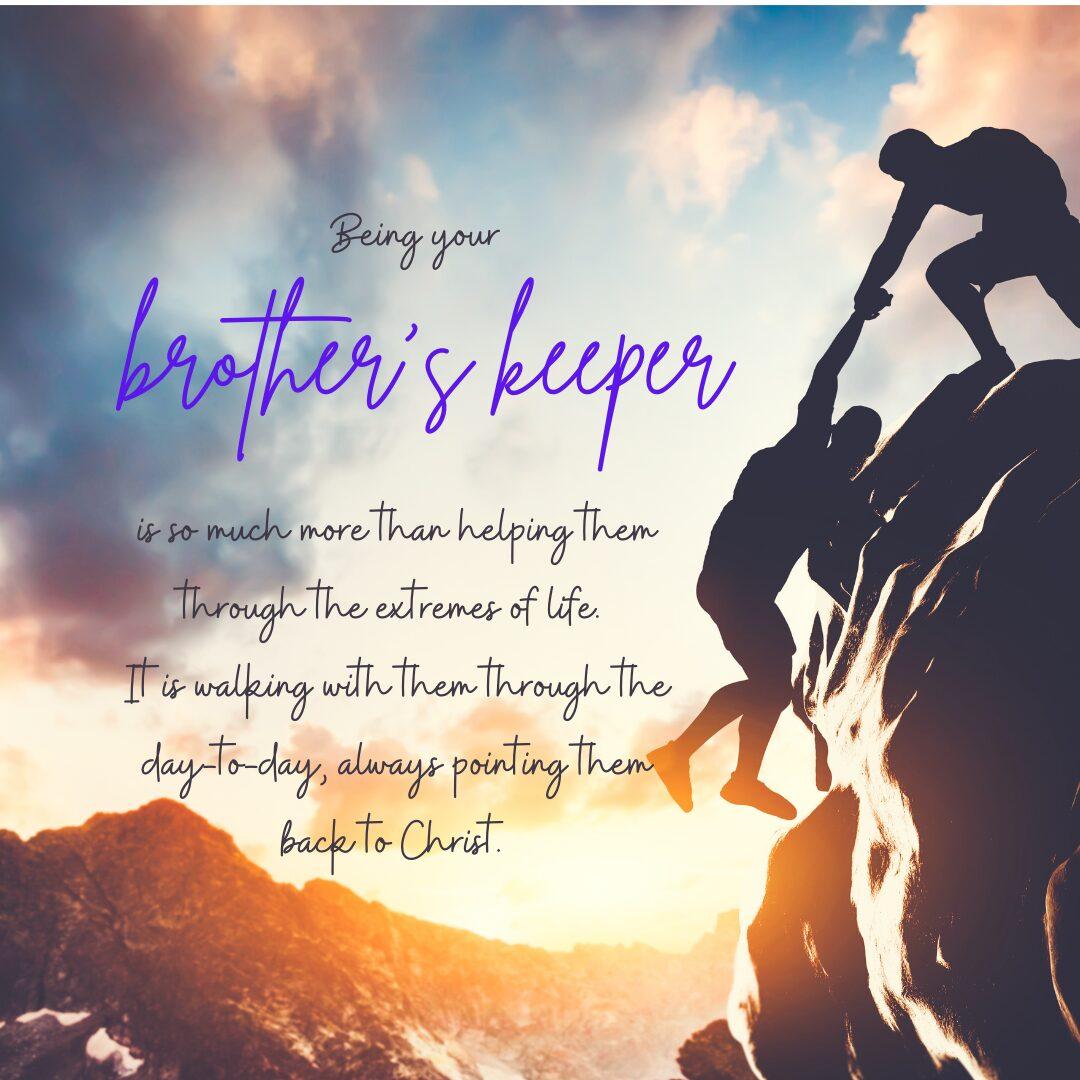THE Easter Season is not over yet! We just started it last Sunday. We’re celebrating this Sunday, the Second Sunday of Easter or, as Pope John Paul II promulgated in 2000, Divine Mercy Sunday.
Pope John Paul II saw a deep connection between the Gospel this Second Sunday of Easter and the Feast of Divine Mercy. In his homily during the declaration of the Second Sunday Easter as Divine Mercy Sunday in 2000, Pope John Paul II said: “Jesus shows His hand and His side to the Apostles. He points, that is, to the wounds of the Passion, especially the wound in His Heart, the source from which flows the great wave of mercy poured out on humanity.”
The image of Divine Mercy that Sr. Faustina Kowalski saw in a vision showed the wounded heart of Jesus with two rays shining forth and illuminating the world. These two rays, according to the message of Jesus to Sr. Faustina in her diary, represent blood and water (Diary, 299). These two elements remind us of the testimony that the Evangelist gave when a soldier pierced the crucified Christ’s side with his spear and then blood and water flowed from it. The blood recalls the sacrifice of the cross and the gift of the Eucharist while the water, in Johannine symbolism, represents not only Baptism but also the gift of the Holy Spirit.
The Second Sunday of Easter is then appropriately called a feast of Mercy for it continuous celebration of Jesus Christ’s redemption of the whole world and humanity through his suffering, death, burial, resurrection, ascension, and sending of the Holy Spirit to his Apostles. These redemptive acts of Jesus Christ are absolute manifestations of God’s mercy on us and the whole world.
Hence, there should be no competition and conflict between the celebration of the Second Sunday of Easter and the Divine Mercy Sunday. This Sunday and the following Sundays of Easter are all about highlighting and feasting on God’s mercy!
This Sunday’s Responsorial Psalm, “Give thanks to the Lord, for he is good, his love is everlasting,” is a fitting response to this Good News of God’s Mercy. And how should we put into life this response to God’s Mercy? It’s by living a life of mercy towards family members, friends, community members and other people, especially the poor, the strangers, the oppressed and all marginalized people in our society.
I would tell parishioners that the spirituality of Divine Mercy is not just a mere saying of the Chaplet or the Novena. It’s a way of life. Like Jesus, we take the path of mercy in our relationship with others by being forgiving and compassionate to others, by loving unconditionally, and by being in communion or in solidarity with others.
Our First Reading Sunday from the Acts of the Apostles (4:32-35) gives us an image of what this path of mercy is all about. It’s a community of believers of “one heart and mind” where everyone is treated equally as brother or sister and is provided with dignity and basic human needs. To apply this to our present world or society, it’s caring for and respecting one another despite differences in race, culture, religion, language, educational status, sexual orientation and worldview. It’s promoting unity among parishioners in multi-cultural parishes and other communities. It’s serving the needs of the poor and people with disabilities around us and in other parts of the world.
The image of the Divine Mercy is a powerful image that we endear and display in our homes and churches, but like this image, the rays of mercy and love must envelope our lives and the whole world. According to our Second Reading from the Letter of John (5:1-6), this is the only way that we can “conquer the world”; not with violence and terrorism, but with the rays of the commandments of love and mercy!
Let’s all feast on God’s Mercy especially on this season of Easter!
* * *
From a Filipino immigrant family, Reverend Rodel G. Balagtas was ordained to the priesthood from St. John’s Seminary in 1991. He served as Associate Pastor at St. Augustine, Culver City (1991-1993); St. Martha, Valinda (1993-1999); and St. Joseph the Worker, Canoga Park (1999-2001). In 2001, he served as Administrator Pro Tem of St. John Neumann in Santa Maria, CA, until his appointment as pastor of Immaculate Heart of Mary, Los Angeles, in 2002, which lasted 12 years. His term as Associate Director of Pastoral Field Education at St. John’s Seminary began in July 2014.


